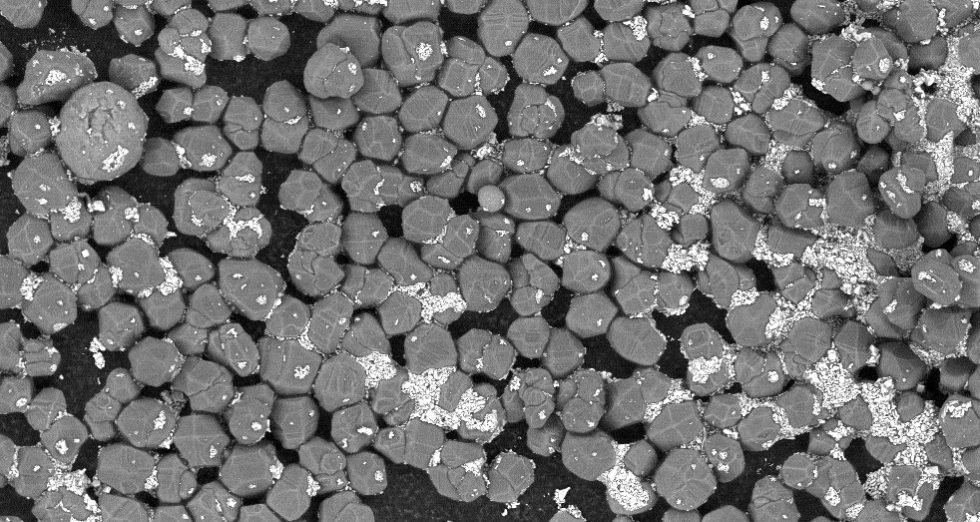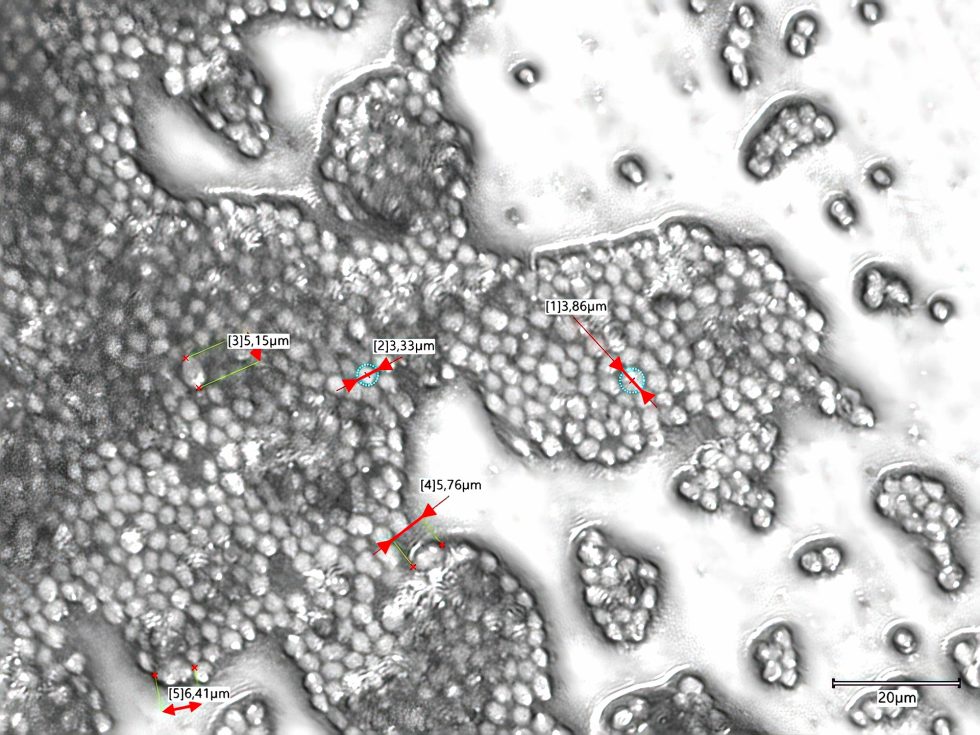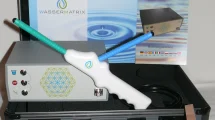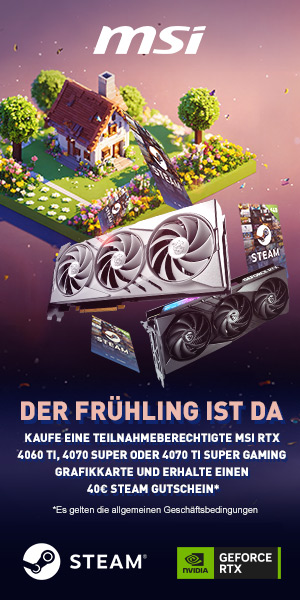The grinding degree of the fillers: performance and costs
The production of optimal thermally conductive paste is a complex process that requires careful consideration of costs, performance and the selection of a suitable binder. A decisive factor in the development of a thermally conductive paste is the degree of grinding of the thermally conductive fillers. It is the measure of their particle size after the grinding process and plays a decisive role in determining the thermal conductivity, viscosity and applicability of the paste.
A fine grind results in smaller particles that offer a larger surface area in relation to their volume. This allows a denser packing of the particles in the matrix and can improve the thermal conductivity of the paste, as the heat flow is facilitated by the numerous contact points between the particles. However, too fine a grind can increase the viscosity of the paste, making it more difficult to use and favoring the formation of air bubbles that act as thermal insulators. A coarser degree of grinding, on the other hand, results in larger particles, which tend to have a smaller surface area in relation to their volume. This can lead to lower thermal conductivity, as there is less contact surface available for heat transfer. On the other hand, a paste with coarser particles can have a lower viscosity, which makes it easier to use.

However, the choice of grind also influences the costs. The production of fillers with a fine grinding degree is generally more cost-intensive, as it requires more energy-intensive grinding processes and often also more complex separation and classification processes. These additional costs can increase the price of the finished thermal compound. Although manufacturing costs tend to be lower for coarser particles, sub-optimal thermal performance may result, which could be unacceptable in high performance applications.
Conventional grind sizes for the fillers used in thermal pastes vary across a wide spectrum, with each grind size offering specific advantages and disadvantages:
- Micronized particles in the micrometer (µm) range:
Many conventional thermal pastes use fillers that are ground into micron-sized particles, typically between 0.5 µm and 50 µm. This size provides a good balance between a high packing density of particles for efficient heat conduction and a manageable viscosity that makes the paste easier to apply. Particles in this size range help to apply the paste to the surface without offering too much resistance, while still allowing effective heat transfer. - Submicron and nanoparticles:
Particle sizes in the subn-micron range below 1 µm down to about 100 nanometers (nm) are also popularly used to further improve thermal conductivity. These smaller particles can fill the spaces between larger particles and thus increase the thermal contact area within the paste. However, the incorporation of submicron and nanoparticles can increase the viscosity of the paste and make it more difficult to process. - Nanoparticles:
Special fillers in the nanometer range (typically less than 100 nm) offer the potential for excellent thermal conductivity, as they have an extremely high specific surface area and can theoretically form a nearly continuous thermal conduction path. However, nanoparticles can present challenges in paste homogenization and stability and are more expensive to produce. Ideally, however, nanoparticles and micronized particles should be mixed.
The choice of grinding size also depends on several factors. Finer particles can improve thermal conductivity, but can lead to a point of diminishing returns if the viscosity becomes too high or if the particles agglomerate. A lower viscosity makes the paste easier to apply, but particles that are too coarse can reduce heat transfer efficiency. Finer grinds are generally more expensive to produce. The cost-benefit analysis must consider whether the improved performance justifies the additional cost. The selection of grind size in the manufacture of thermal paste is a truly critical step that affects the performance, applicability and cost of the final product.
Typical grain sizes and mixing ratio of common corundum-zinc pastes
The optimum composition and particle sizes of corundum (aluminum oxide, Al2O3) and zinc oxide (ZnO) in thermal pastes depend on various factors, including the desired thermal conductivity, viscosity, application temperature and chemical compatibility with other components of the paste. The particle size of corundum in thermal pastes is typically in the micrometer range (e.g. 1-10 µm). Finer particles can form a more uniform and thinner layer, which is an advantage in some applications. Zinc oxide particles in thermal pastes have similar sizes to corundum, often also in the micrometer range or even significantly below. The exact size depends on the desired consistency and conductivity.
There is therefore no “universally best” mixing ratio, as this depends on the specific application and the desired properties. A higher proportion of corundum can improve the thermal conductivity, as corundum has a higher thermal conductivity than zinc oxide. However, this can also increase viscosity and cost. Zinc oxide can be helpful in making the paste less dense and easier to apply, but offers lower thermal conductivity. For applications where high thermal conductivity is required (e.g. in high performance CPUs), a higher corundum content might be preferred. In less demanding applications, a higher proportion of zinc oxide may be sufficient to achieve a good balance between performance and cost.
The myth about so-called nanoparticles
The use of nanoparticles in thermal pastes is often touted as a breakthrough in thermal interface technology, promising improved thermal conductivity and superior performance over conventional pastes. While nanoparticles theoretically offer the potential to significantly increase thermal conductivity due to their exceptionally high surface-to-volume ratios and ability to fill micro-gaps more efficiently, there are practical challenges and considerations that limit their effectiveness in real-world applications. This often leads to the benefits of nanoparticles in thermal pastes being seen more as a marketing strategy rather than actually leading to optimal pastes. The reasons for this are truly manifold.
Nanoparticles tend to agglomerate due to their high surface energy, i.e. they clump together and form larger particle aggregates. This can make it difficult to distribute the nanoparticles homogeneously in the paste and reduce the efficiency of heat transfer. Agglomeration can also increase the viscosity of the paste, which affects its applicability and ability to form thin, uniform layers. The production and stabilization of nanoparticles are costly and technically challenging. The high cost of producing nanoparticle-based thermal pastes can overshadow the potential performance benefits, especially if the improvements in thermal conductivity are marginal or do not justify the additional cost.
Although nanoparticles can increase the potential thermal conductivity of the paste, the actual gain in real-world applications is often limited. Effective heat transfer depends not only on the conductivity of the paste, but also on the ability to form a thin, uniform and bubble-free layer between the surfaces. The increased viscosity caused by nanoparticles can undermine these requirements. Nanoparticles also bring potential safety and stability concerns. The long-term chemical stability of nanoparticles in binders and their potential impact on health and safety are areas that require further investigation. In addition, nanoparticles may pose challenges in terms of environmental compatibility and disposal. In some cases, the claimed benefits of nanoparticles in thermal pastes are driven more by marketing initiatives than by substantial, measurable improvements in performance. Consumers can be attracted by the assumption that “nano” automatically equates to superior technology, even if the real-world performance improvements are minimal or non-existent. It is important that consumers remain critical and evaluate actual performance data and cost-benefit ratios rather than relying solely on marketing promises.
- 1 - The three big P's - introduction to pastes, pads and putty
- 2 - The purpose of thermal pastes
- 3 - The big debate between cheap and expensive
- 4 - The matrix as the basis for all pastes and pads
- 5 - Silicone-based pastes: optimization, durability, decomposition
- 6 - Thermally conductive fillers are important
- 7 - How the degree of grinding influences performance
- 8 - Silicone modification for low temperatures and LN2 overclocking
- 9 - The paste production process and possible hurdles
- 10 - Special case liquid metal (LM)
- 11 - Special case of graphite pads and phase changers
- 12 - Temperature window, expansion behavior, application
- 13 - Ageing and decomposition of pastes and pads
- 14 - Manufacturer vs. bottler, misleading marketing and conclusion

































216 Antworten
Kommentar
Lade neue Kommentare
Veteran
1
Veteran
Urgestein
Mitglied
Urgestein
1
Urgestein
Urgestein
Mitglied
Urgestein
1
Mitglied
Urgestein
1
Urgestein
1
Veteran
Alle Kommentare lesen unter igor´sLAB Community →